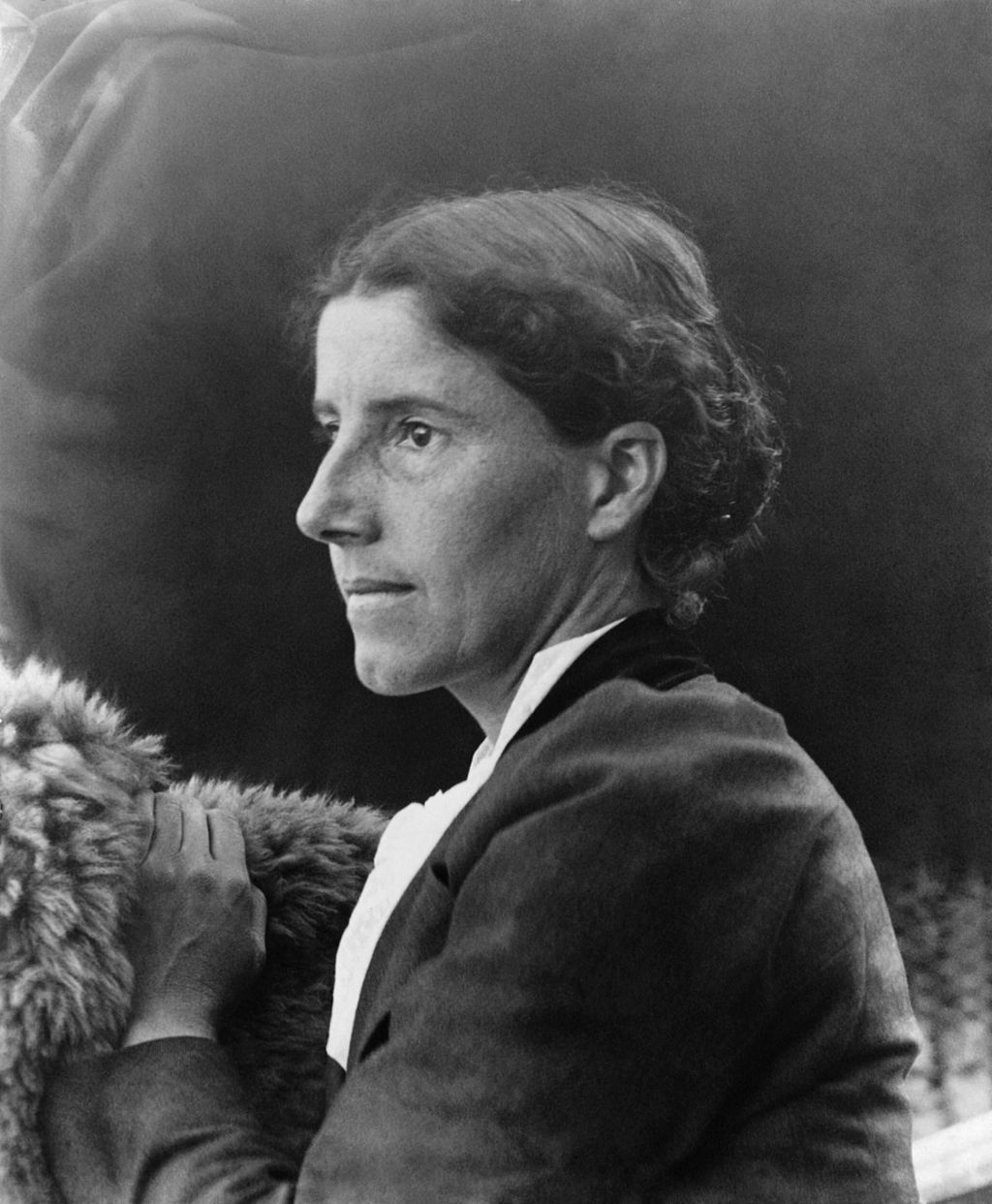39 Charlotte Perkins Gilman (1860 – 1935)
Amy Berke; Robert Bleil; and Jordan Cofer

As she writes in her autobiography, Charlotte Perkins Gilman had one overriding goal in her life: “the improvement of the human race.” The niece of both the abolitionist Harriet Beecher Stowe and the suffragist Isabella Beecher Hooker, Gilman was one of the most important feminist writers, editors, and activists of the late nineteenth and early twentieth centuries. She led an unconventional life that directly inspired her poetry, fiction, and nonfiction alike. At the age of thirty-four, she divorced a husband who sought to “domesticate” her, leaving both him and her daughter to pursue an independent career authoring works of poetry, fiction, and social criticism; editing and publishing her own feminist magazine, Forerunner; and lecturing for the American Woman Suffrage Association and other organizations on the need for social reform to ensure equality between men and women. In the 1890s, Gilman published three works that solidified her reputation as both a major American writer and a groundbreaking feminist theorist: a well-received collection of feminist poems, In This Our World (1893); the groundbreaking work of social theory, Women and Economics: A Study of the Economic Relation between Men and Women as a Factor in Social Evolution (1898), in which she criticized the economic dependency of women upon men; and the shocking short story included in this chapter, “The Yellow Wall Paper” (1892). Gilman remarried in 1900 and over the course of the first three decades of the twentieth century continued to edit, lecture, and publish works that advocated for the progressive reform of society. In her utopian novel Herland (1915), for example, she imagines a peaceful and ecologically sustainable society comprised solely of women who use technology and not men to reproduce.
While presented in the guise of a gothic tale of terror, “The Yellow Wall Paper” is a fine example of political realism. Through this terrifying story of a woman locked in an ancient manor and haunted by a shadowy figure, Gilman shows that the real relationship between married men and women in her time is not one of equality but of domination and dependency. Gilman based the story on her own life. After giving birth to her daughter, Gilman fell into a state of depression and was sent to a clinic for treatment. Her doctor, a world famous neurologist, advised her to quit all creative and intellectual activity and instead dedicate herself wholly to a private domestic routine. However, this so called “rest-cure” only further deepened Gilman’s depression and so she sought and found a cure for herself in her true callings: the literary and political work to which she dedicated the rest of her life.

